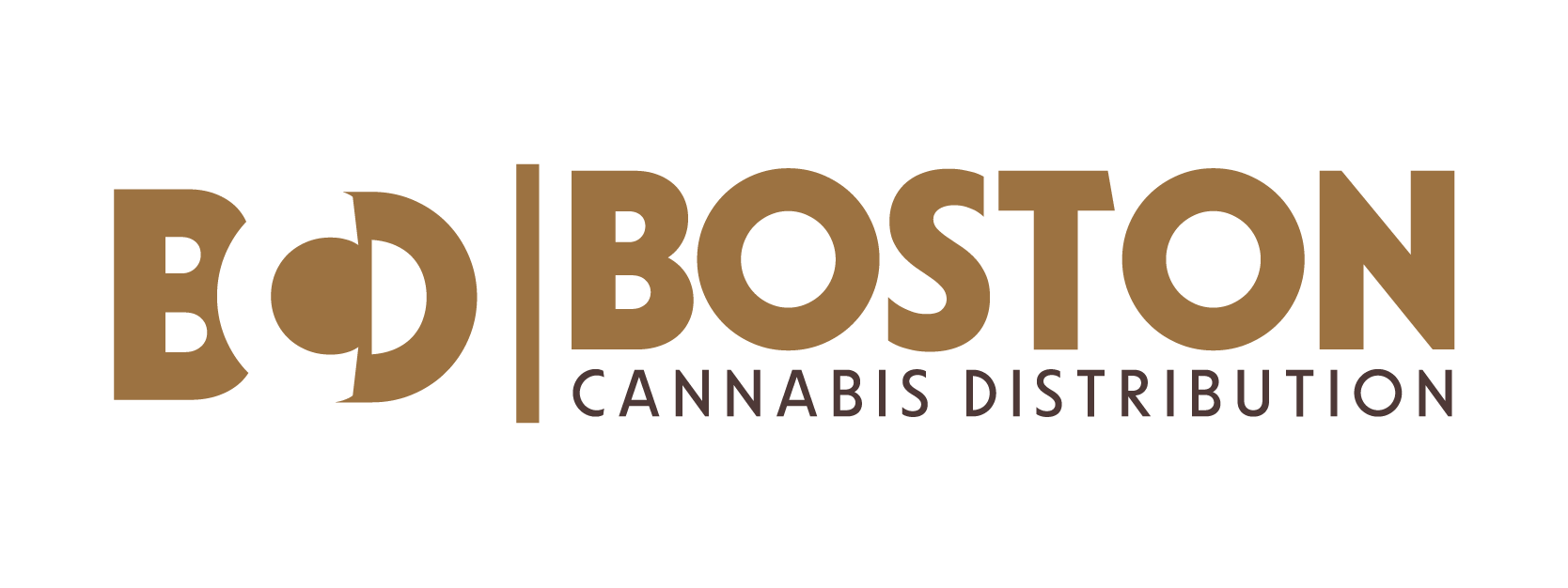Boston-based analysts observe that cannabis distributors – the linchpin between cultivators, processors, and retail outlets – are increasingly compelled to adapt to a rapidly evolving market. With U.S. legal cannabis projected to surpass $45 billion in 2025, distributors are being tested by several key trends reshaping their operations.
Oversupply, Price Compression & Margin Pressure
Several states, notably Oregon, are experiencing record harvests. In Oregon alone, over 12 million pounds were produced in 2024—flooding the market and slashing prices. While this benefits consumers, cultivators, manufacturers and independent distributors are squeezed by razor-thin margins. Nationwide, falling average retail prices—down as much as 32% since 2021—signal intense price competition, putting distributors under pressure to optimize inventory and efficiency.
Regulatory Patchwork and Inter-State Limitations
Distributors in Boston must operate under a mosaic of state-level regulations. The prohibition on interstate cannabis transport forces operators to maintain wholly separate supply chains in each state. Additionally, evolving hemp-derived THC regulations—such as limits on intoxicating hemp drinks—create unpredictable variables for distributors working across both hemp and marijuana markets.
Supply-Chain Normalization Meets Global Trade Risks
While supply chains have largely normalized post-COVID, new risks—especially geopolitical ones—are emerging. Tariffs on essential packaging items like vape hardware, tins, and glass are pushing costs higher. This forces distributors to either absorb increased expenses or pass them on to consumers, complicating long-term pricing and profitability strategies.
Premiumization & Product Diversification
Consumers increasingly demand premium, health-conscious cannabis products—such as beverages, wellness tinctures, and craft flower varieties. This shift complicates distributors’ forecasting, warehousing, and logistics, requiring more nuanced handling, storage, and traceability. Many operators are integrating AI, automation, and blockchain into supply chains to increase visibility and maintain compliance standards.
Consolidation & Digital Integration
The industry is consolidating, with larger operators acquiring independents as competitive pressure mounts. Distributors are responding by embracing native e-commerce platforms, loyalty programs, and diversified offerings—including store-branded products and direct-to-consumer mail orders. These tech-forward moves help distributors improve margins and operational efficiency—critical in an increasingly crowded marketplace.
Banking, Compliance & Cash Flow Headwinds
Cannabis businesses still struggle with fragmented banking access due to federal restrictions, limiting distributors’ ability to manage payments and cash flow. Often, they’re forced to forecast with 10-month horizons rather than standard 12-month models. The potential rescheduling of cannabis by the DEA may ease tax burdens under IRS section 280E, but it won’t resolve state-federal discrepancies.
Final Thoughts
Cannabis distributors in Boston and across the U.S. are navigating a landscape of oversupply, price compression, shifting regulations, geopolitical trade barriers, product premiumization, industry consolidation, and persistent compliance challenges. Success requires streamlined operations, technological investment, nimble adaptation to market changes, and creative branding and distribution strategies.
Distributors who proactively invest in logistics, tech, and consumer outreach—while maintaining regulatory vigilance—are best positioned to thrive in this dynamic ecosystem.

